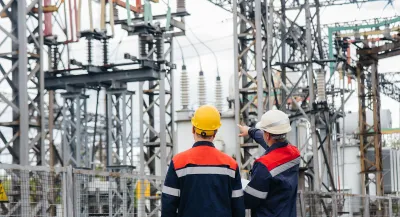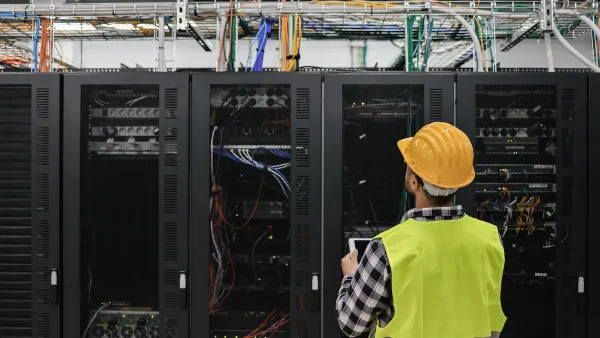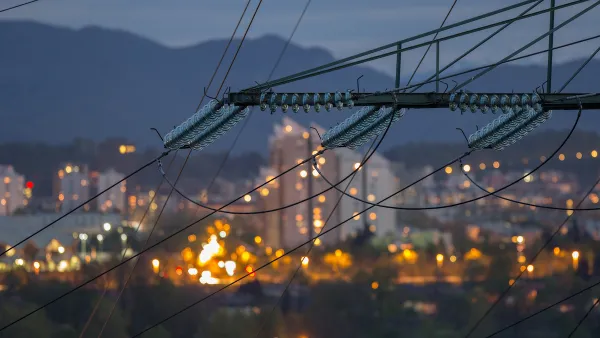The rapidly growing demand for electricity could lead to shortages and is already impacting where data centers are built.

The growing ubiquity of artificial intelligence poses a serious challenge to worldwide energy grids, writes Dan Lohrmann in GovTech.
Citing multiple news stories ranging in tone from alarm to boosterism, Lohrmann assesses the landscape and how experts perceive the future of AI versus energy conservation. An article in Barrons notes that “While AI’s surging demand may not lead to mass electrical outages, the AI boom is already changing how data centers are built and where they’re located, and it’s already sparking a reshaping of U.S. energy infrastructure.”
According to an article in New Scientist, “Over the next several years, many regions of the U.S. and Canada may struggle to ensure a reliable electricity supply amid soaring energy demand from the tech industry and electrification of buildings and vehicles.”
The North American Electric Reliability Corporation (NERC) agreed, projecting widespread electricity shortages during extreme weather conditions. According to research from the AI Now Institute, which studies the social impacts of AI, “At current growth rates, some new AI servers could soon gobble up more than 85 terawatt hours of electricity each year, researchers have estimated — more than some small nations’ annual energy consumption.”
FULL STORY: AI's Energy Appetite: Challenges for Our Future Electricity Supply

National Parks Layoffs Will Cause Communities to Lose Billions
Thousands of essential park workers were laid off this week, just before the busy spring break season.

Retro-silient?: America’s First “Eco-burb,” The Woodlands Turns 50
A master-planned community north of Houston offers lessons on green infrastructure and resilient design, but falls short of its founder’s lofty affordability and walkability goals.

Delivering for America Plan Will Downgrade Mail Service in at Least 49.5 Percent of Zip Codes
Republican and Democrat lawmakers criticize the plan for its disproportionate negative impact on rural communities.

Test News Post 1
This is a summary

Test News Headline 46
Test for the image on the front page.

Balancing Bombs and Butterflies: How the National Guard Protects a Rare Species
The National Guard at Fort Indiantown Gap uses GIS technology and land management strategies to balance military training with conservation efforts, ensuring the survival of the rare eastern regal fritillary butterfly.
Urban Design for Planners 1: Software Tools
This six-course series explores essential urban design concepts using open source software and equips planners with the tools they need to participate fully in the urban design process.
Planning for Universal Design
Learn the tools for implementing Universal Design in planning regulations.
EMC Planning Group, Inc.
Planetizen
Planetizen
Mpact (formerly Rail~Volution)
Great Falls Development Authority, Inc.
HUDs Office of Policy Development and Research
NYU Wagner Graduate School of Public Service





























